“Dementia 13” may not be a masterpiece, but it’s impressive for what it is — providing a great early glimpse of genius from a future auteur.
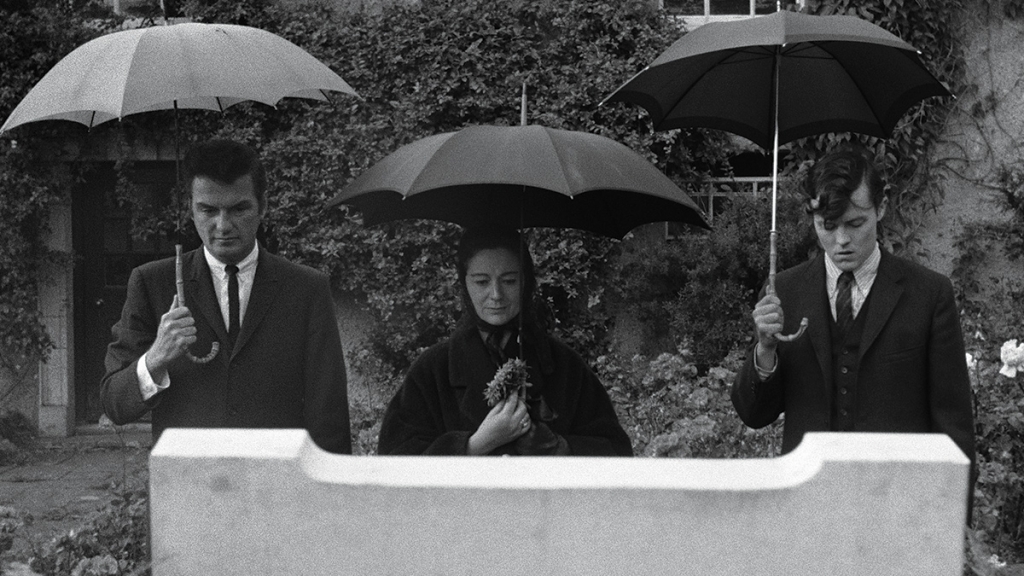
Roger Corman is a filmmaking legend. His low-budget releases are cult classics. He dabbled in various types of exploitation films and was a master at capitalizing on the public zeitgeist. Along with his cinematic achievements, he also helped launch many careers.
When a person works with as many people as Corman has, there are bound to be disagreements. He has often expressed displeasure at the works of the directors he hired and often reshot their work. One such victim was Francis Ford Coppola (credited as Francis Coppola) with his feature film directorial debut, Dementia 13, an atmospheric thriller patterned after Psycho.
(It was actually intended to be a remake of Castle’s low-budget horror film Homicidal, which itself borrowed heavily from Hitchcock’s masterpiece).
There is an overbearing mother, a scheming blonde who meets her demise early, and a mysterious killer. Coppola’s interpretation tries to differentiate itself through its gothic setting, with the majority of the film taking place in a supposedly haunted Irish castle.
Still, Hitchcock’s 1960 classic has its fingerprints all over the story. And while that may not make for the most original concept, Psycho is certainly a stellar bit of source material to borrow from.
Rather than just a cheap knock-off, Coppola pays homage to Psycho with his gothic tale.
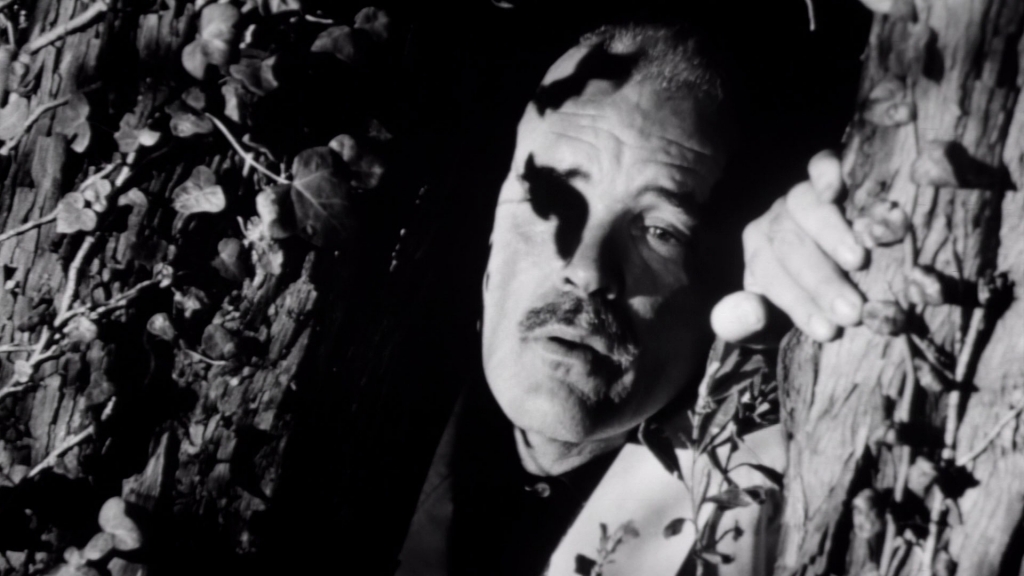
After her husband John’s sudden death, money-hungry Louise (Luana Anders) comes up with a plan to ensure she is not cut out of the wealthy family’s will.
Dumping his body at the bottom of a lake and concocting a story about his sudden departure to the States for work, she travels to his family’s Irish estate for the annual memorial service for John’s sister, Kathleen, who drowned in a pond eight years prior.
There she meets the matriarch of the family, Lady Haloran (Eithne Dunne), who hasn’t been the same since her young daughter died, putting a strain on her relationship with her three sons, John, Richard, (William Campbell, Star Trek: The Original Series) and Billy (Bart Patton).
Louise immediately draws Richard’s ire, as he senses she’s far more concerned about the family’s wealth than their well-being.
While Lady Haloran shuns Richard’s sweet American fiancée Kane (Mary Mitchel, the real-life wife of Patton), Louisa devises a scheme to earn the mother’s trust by pretending to receive messages from the ghost of her dead daughter.
Louisa is quite the cunning manipulator, but her plans are complicated by the appearance of a crazed axe murderer.
Dementia 13 does a magnificent job of creating a mood.
From its opening moments, there is an ominous sense of foreboding that remains with the audience throughout the film. It is not so much about death lurking around every corner as it is about an oppressive air of grief and despair.
Coppola also showed flashes of the directorial brilliance that would amaze film fans for decades.
The young filmmaker was obviously still figuring things out, but there are some impressive shots in Dementia 13 — in particular, a scene early on sees one of the characters typing out a letter. Instead of focusing on the actor, the camera is aimed directly at the paper. The audience watches as each letter is pressed onto the paper. It is a small thing, but it stands out.
The gothic setting certainly adds to the film’s appeal, and there are some evocative, Giallo-inspired scenes involving creepy dolls and long, dark hallways that are quite effective.
Yet, it’s far from a masterpiece. Coppola was learning the ropes on the job and working with extremely limited resources. The production was so rushed that the script wasn’t even done when he arrived in Ireland to begin shooting. He had to finish writing it with art director Al Locatelli in just three days. As a result, much of the dialogue was quite awkward, and the actors had trouble delivering it in a way that felt authentic.
With that said, it’s a testament to Coppola’s talent, even early in his career, that the film is as moody, atmospheric, and watchable as it is.
Ultimately, however, the movie may be remembered more for what went on behind the scenes.
Roger Corman had some extra money and wanted a cheap and sensationalized copy of a classic. Coppola was given the job and promised the producer plenty of sex and violence. What he delivered instead was a lean psychological thriller with far more mood than mayhem.
Corman ended up hating the final product and demanded extensive changes, which Coppola refused to oblige. Thus, Corman ended up hiring Jack Hill to write and direct extra scenes — primarily adding a small, unnecessary subplot with the sole purpose of adding to the body count.
Corman also wanted to pad the scant run time, so the theatrical release included a gimmicky prologue, directed by Monte Hellman, in which a supposed medical expert conducts the “D13 Test” on the audience — a series of 13 questions designed to make sure a viewer was psychologically fit to experience Dementia 13. Questions included, “Have you ever spoken aloud to yourself in a mirror?” and “Have you ever raised your arm in anger to a close relative?”
It’s a silly but fun scene that is now available for the first time to home audiences on the newly released Director’s Cut Blu-ray of the film from Vestron Video, a beautiful release that’s worth checking out and adding to your collection.
The Director’s Cut is also available to rent on digital. And while the Corman cut fell into the public domain and is readily available to watch for free on YouTube, the 4k restoration is definitely worth the price of a rental, significantly enhancing the gothic beauty of the setting and properly showcasing Coppola’s eye for detail.
With this edit, Coppola also continued his maxim of less is more, removing six minutes from the original release. The result is a better-paced film with tighter editing and enhanced tension.
In the end, Coppola may have failed to produce the thrills Corman hoped for. But failing as an exploitation flick may have been the best thing that could have happened for the film’s enduring legacy. Exploitation films may succeed at being fun, scary, and shocking. But they tend to lack atmosphere — something Coppola delivers in spades.
Dementia 13 (Director’s Cut) is now available on digital and Blu-ray (release date: September 21, 2021).
ORIGINAL THEATRICAL TRAILER:


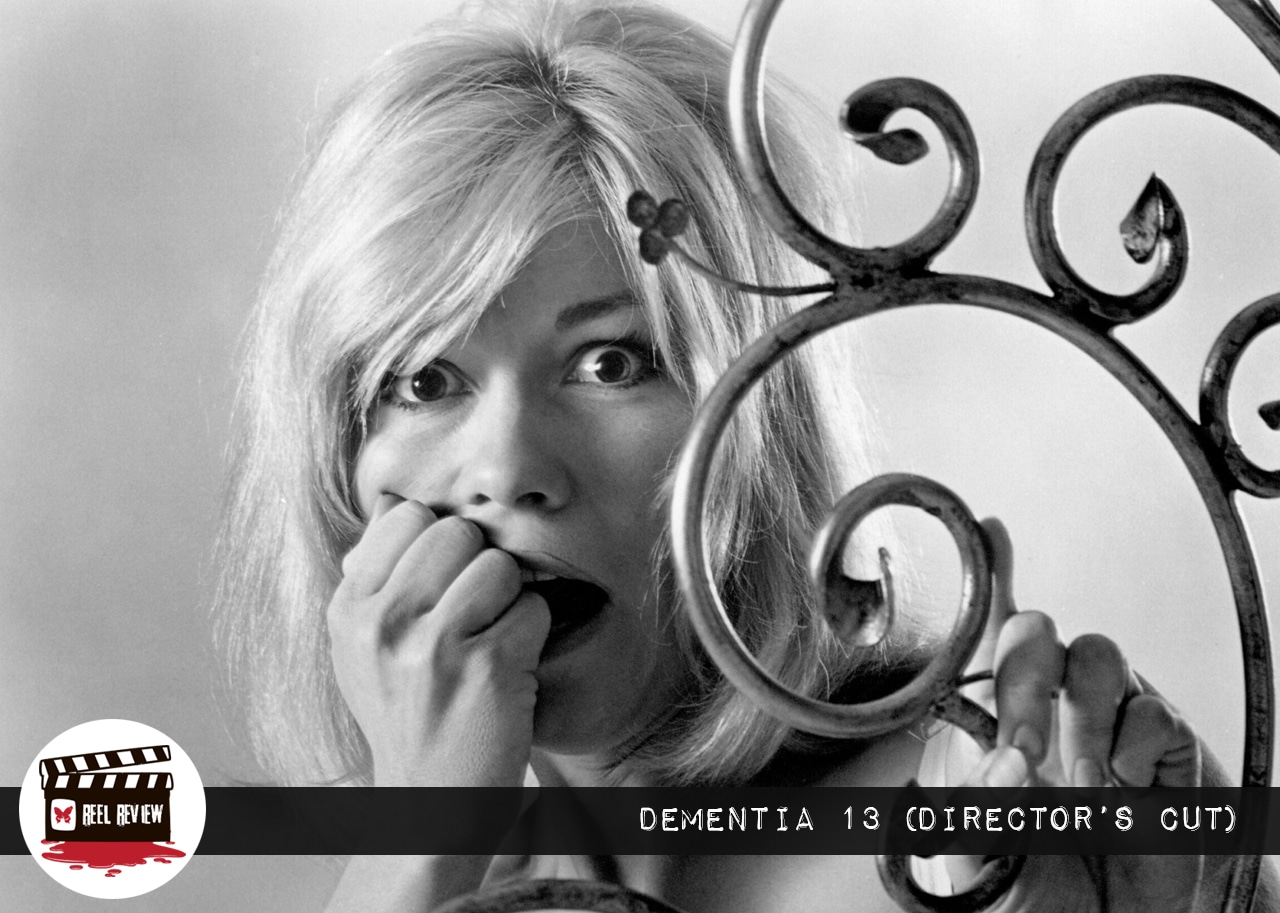
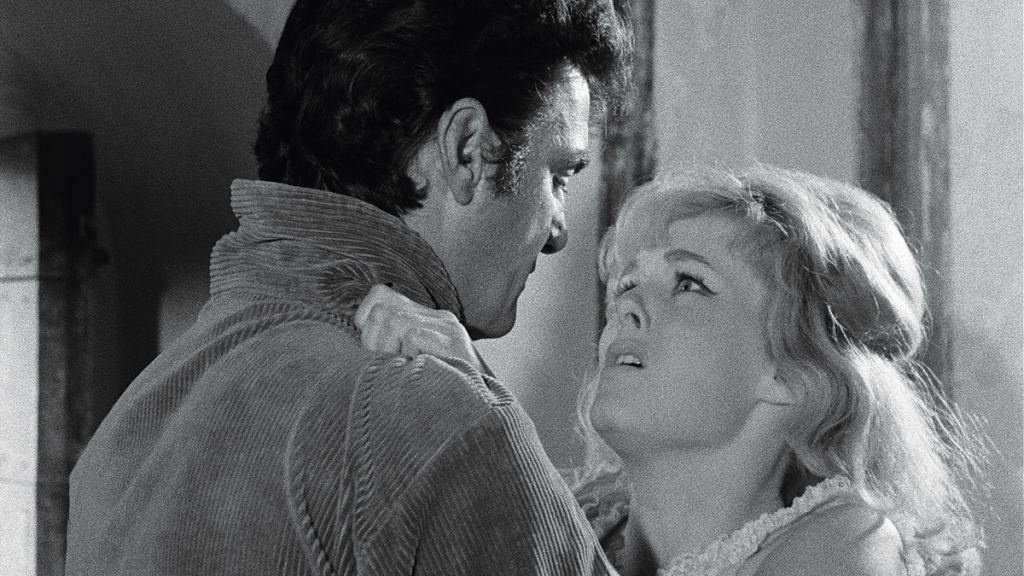
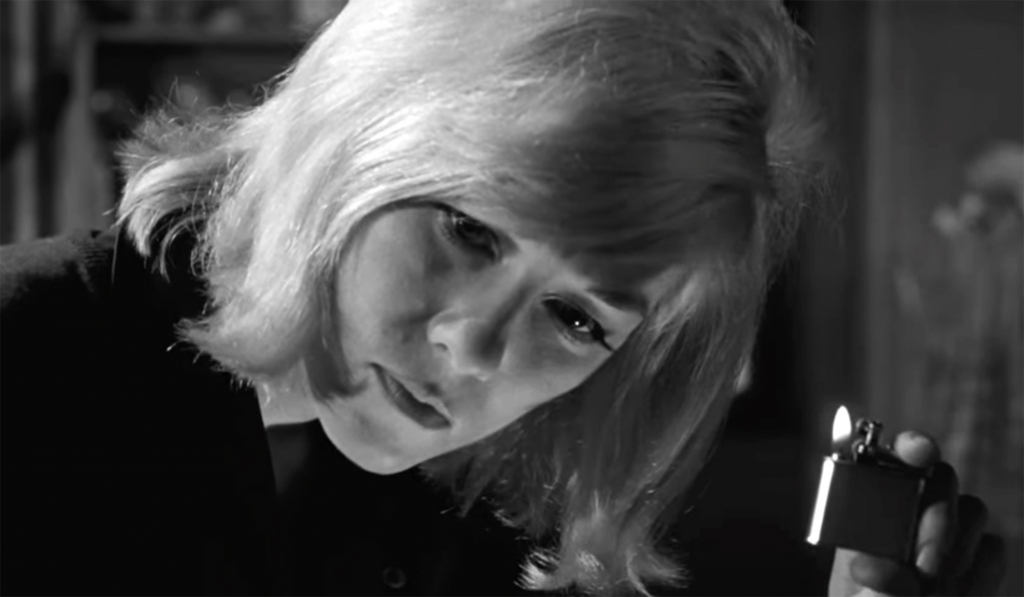
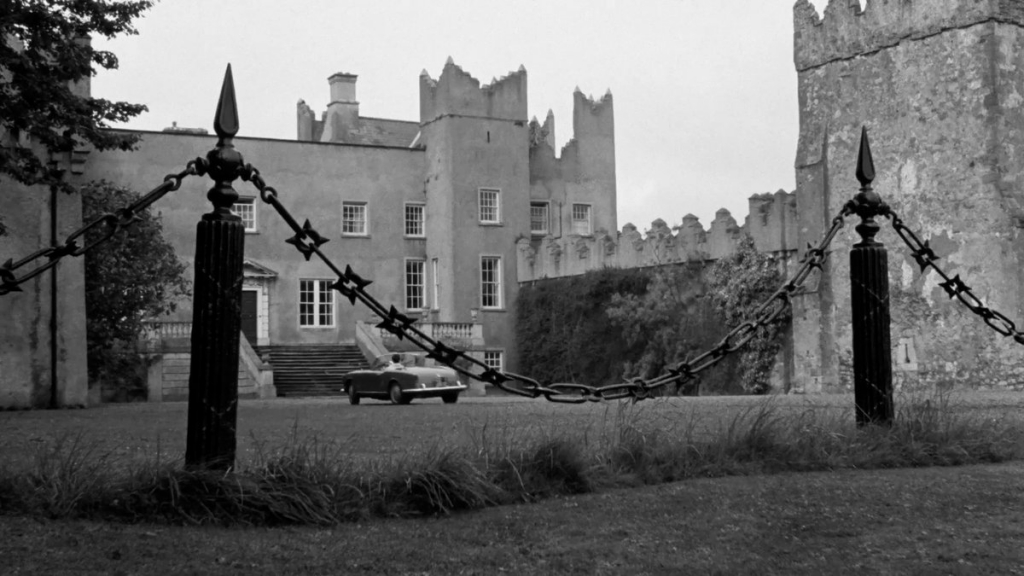
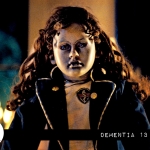
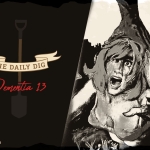
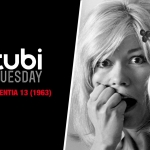
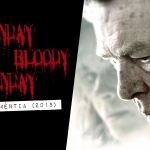





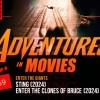

Follow Us!